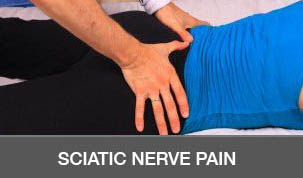Digital Neck
Text Neck
In these days where everyone has a phone that they spend countless hours on, we need to start being concerned about the reversal of the neck curve. I see text neck syndrome a lot and the numbers of people with neck pain are increasing.
Cause of Text Neck
So, countless hours on a phone or device. The problem is not the device, it’s how you hold it. If you’re going to be on your phone for a long period, get the phone up at eye level. By simply sitting at your desk or table and putting your elbows on the table, you bring the phone up. When working on a computer, use a stand and separate keyboard to get the screen up even with your eyes. If you wear bifocals like I do, you can have the screen down a little. Don’t ever prop a pillow up and lean your head back so your neck is at 90 degrees while on your phone. This is a sure way to reverse that curve.
Solutions
First, get adjusted. One other way to help yourself at home is to lay on the bed and hang your head over the edge. Let gravity do the work for you and just relax. Of course don’t do this if you have a heart condition or are susceptible to a stroke. The first time you do it, have someone who will check on you and help you if you can’t get up. Use common sense and know your health conditions before you try this. It can help to elongate the neck, stretch the muscles, open up the discs, and ease the tension on the joint capsules. It’s something I do when my neck starts to feel bound up.
Prop a neck roll behind your neck while laying down and bring the phone into your field of vision. There should be really good support for your neck and almost feel like you have it tipped backwards.
This problem will only get worse as the computer age advances. One thing I can see in the future is the heads up display (HUD) glasses there your screen is built right into the glasses. This might wreck your eyes, but your neck should be great. We’ll see what technology does for us in the future.

